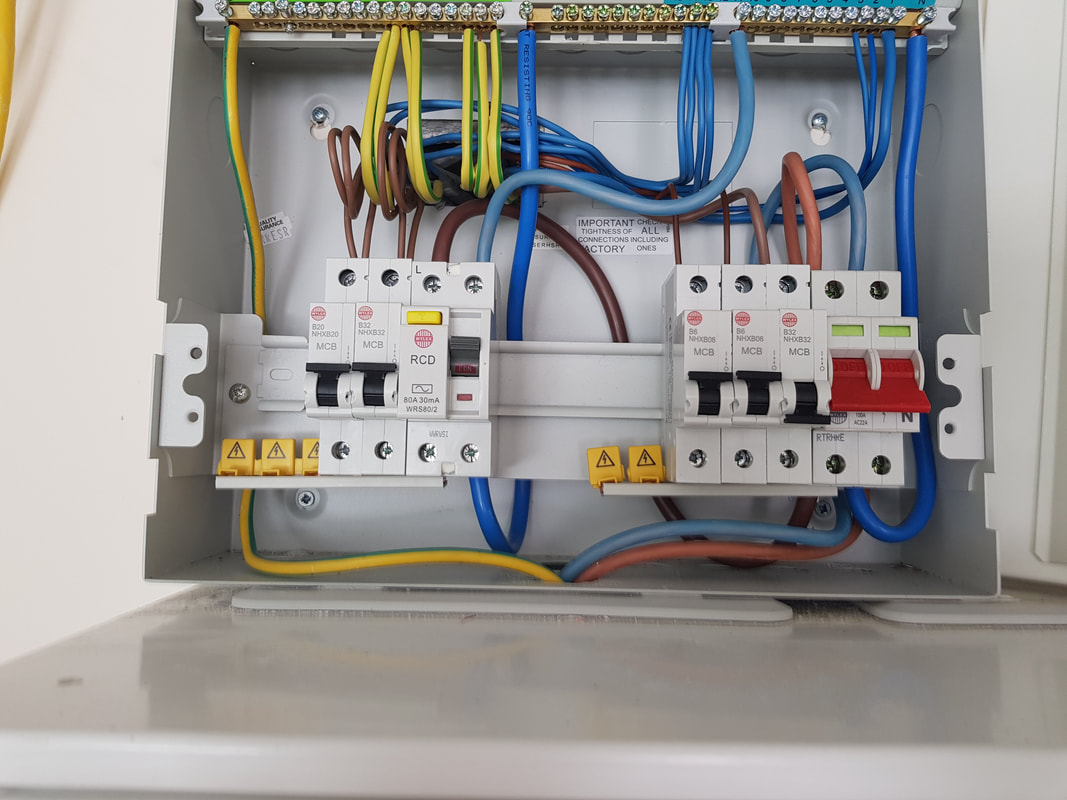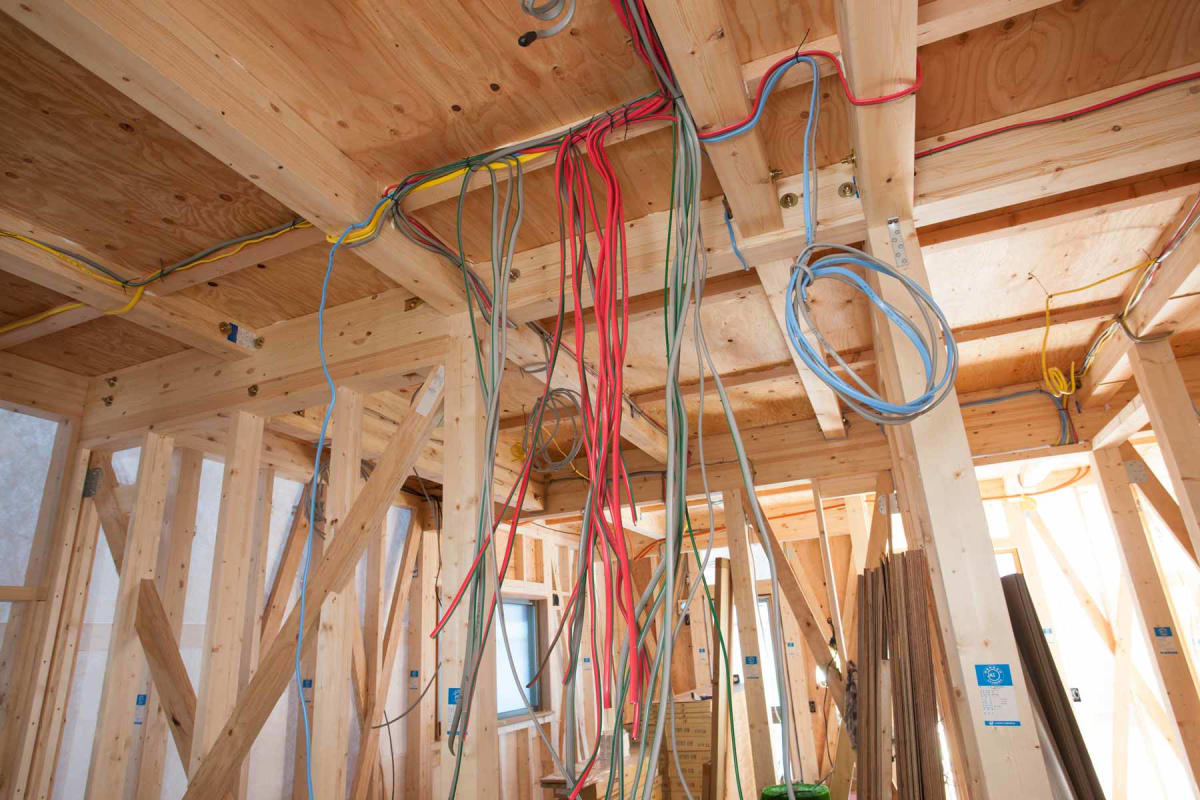Trusted and Professional BRE Electrical Services for Every Project
Trusted and Professional BRE Electrical Services for Every Project
Blog Article
The Ultimate Overview to Electric Installation: Tips and Techniques for a Safe and Effective Home Wiring System
In the world of home maintenance, few elements are as crucial yet usually ignored as the electrical circuitry system. By exploring the nuances of electrical safety and security procedures and energy-saving practices, this thorough overview will certainly lose light on the ins and outs of home wiring, equipping individuals to take fee of their home's electric facilities.
Understanding Electrical Precaution
To make certain the security of both individuals and residential property, understanding and executing proper electric safety actions is vital in any type of home circuitry job. It is essential to perform a thorough assessment of the electrical system prior to beginning any type of circuitry job to recognize potential risks or concerns that need to be attended to.
In addition, utilizing the ideal devices and equipment is necessary for maintaining security throughout electric installments. Protected gloves, voltage testers, and safety glasses are some of the fundamental safety gear that ought to be used to avoid electrical shocks or accidents. It is likewise vital to de-energize circuits prior to servicing them and to label all circuits and breakers clearly to avoid confusion.

Necessary Tools for Home Wiring
Ensuring the proper application of electric security actions in home wiring projects involves using a certain collection of crucial tools developed to assist in the setup procedure successfully and securely. Some of the trick tools needed for home electrical wiring jobs include a voltage tester for checking live wires, wire strippers for removing insulation from wires, a wire cutter for precisely cutting wires to size, a screwdriver established for safeguarding electric parts, electric tape for insulation and safeguarding links, a wire ripper for removing cord sheathing, and a multimeter for determining voltage, present, and resistance.
Step-by-Step Electric Installment Overview
Starting an electric setup job needs thorough preparation and adherence to safety and security standards. Before beginning any kind of job, guarantee you have a thorough strategy detailing the design of the electrical system, including the placement of electrical outlets, buttons, and components. Consider the power demands of each device to determine the appropriate cord gauge and breaker dimensions.
The initial step in the installment process is to shut off the power supply to the area where you will certainly be functioning. Make use of a voltage tester to validate that the circuits are de-energized prior to touching any type of cords. Next, very carefully remove existing components or electrical outlets and disconnect the wires.
When mounting brand-new wiring, run cables with wall surfaces and ceilings, protecting them in position with suitable fittings. Follow neighborhood building regulations and supplier directions for appropriate cord installation and links. BRE Electrical. Make certain to identify cords for simple recognition and future upkeep

Troubleshooting Common Wiring Issues
Having completed the installation process as detailed in the previous subtopic, top article fixing typical published here electrical wiring problems is a necessary skill for guaranteeing the safety and security and functionality of your electric system. One usual issue is a stumbled breaker, often triggered by overloaded circuits or a brief circuit. To repair this, locate the breaker panel, identify the tripped breaker by trying to find the one not totally in the "on" position, and reset it by flipping it totally to "off" and afterwards back to "on." One more widespread issue is a damaged outlet, characterized by no power or periodic power supply. Guarantee the outlet is not controlled by a switch, then utilize a voltage tester to look for power. If there is no power, turn off the circuit, inspect the wiring connections for any loosened or damaged wires, and change the electrical outlet if needed. Continually flickering lights can suggest loose circuitry connections or an overloaded circuit. To address this, check and tighten up all cable links in the influenced fixtures and switches and rearrange the tons on the circuit to balance the electrical need. Regularly evaluating and without delay addressing these common wiring issues will certainly maintain the safety and efficiency of your home electric system.
Tips for Energy-saving Electric Equipments
For optimum energy efficiency in electric systems, executing clever practices and making use of energy-saving technologies check my blog is paramount. One crucial tip for accomplishing an energy-efficient electrical system is to update to LED lighting. Correct insulation and sealing of home windows, doors, and electrical outlets can additionally avoid power loss, inevitably decreasing the work on electrical systems.
Conclusion
To conclude, implementing correct precaution, using essential devices, following a step-by-step installment guide, fixing typical issues, and integrating energy-efficient pointers are important for a safe and effective home wiring system. By adhering to these methods, home owners can ensure the durability and performance of their electrical setups. It is essential to focus on safety and security and efficiency when it concerns electrical operate in order to protect against potential threats and to maintain a dependable electrical system in the home.
Report this page